Securing Medtech
IOT security, and medical devices in particular, have come under intense scrutiny in recent years for the cyber risks that surround them. Given the nature of what they are responsible for, and the severe consequences of breaches to sensitive medical data, operating these devices requires considerable effort to mitigate the associated risks. In this article we examine some of the key risks and preventative actions to take to secure the technology, and those who are reliant on it.
Patient Safety Risks: One of the most significant threats is the potential for cyberattacks to compromise patient safety. If malicious actors gain control of a medical device, they could manipulate its functionality, potentially causing harm or even, in the most extreme circumstances, fatalities.
Data Breaches: Medical devices often collect and transmit sensitive patient data, such as health records and personal information. A data breach can lead to the exposure of this confidential information, resulting in identity theft or other malicious activities.
Malware and Ransomware Attacks: Malicious software and ransomware attacks can infect medical devices, disrupting their normal operation or encrypting critical data until a ransom is paid. These attacks can lead to device downtime, compromised patient care, financial losses and severe reputational damage.
Supply Chain Vulnerabilities: Manufacturers rely on complex supply chains to produce medical devices. Weak links in the supply chain, such as unsecured components or software, can introduce vulnerabilities that hackers can exploit.
Legacy Systems and Outdated Software: Many medical devices have long lifespans, and manufacturers may not update them regularly or provide patches for vulnerabilities. This leaves older devices susceptible to known security flaws.
Inadequate or Irregular Security Testing: Insufficient or irregular testing during the development and manufacturing phases can lead to security weaknesses in medical devices. Manufacturers must thoroughly test their products for vulnerabilities and address any issues before they reach the market and ensure regular assessments continue to expose and address new vulnerabilities.
Regulatory Compliance Challenges: Medical device manufacturers must navigate a complex landscape of regulatory requirements, which can vary by region. Meeting cyber security standards and complying with regulations can be challenging but is essential for patient safety and legislative mandates.
Insider Threats: Employees, contractors, or other insiders can pose a significant threat to medical device security, whether through deliberate actions or unintentional mistakes. Adequate employee training and strict access controls are crucial.
To address these threats, medical device manufacturers should prioritise cyber security in their product development processes from the outset. Collaboration with healthcare providers and cyber security experts is also essential to ensure the security of medical devices throughout their lifecycle. Medical device companies can take several proactive measures to enhance cybersecurity and reduce the risk of attacks on their products:
Adopt a Security-by-Design Approach:
Begin with security in mind during the product development phase. Implement secure coding practices and integrate cybersecurity measures into the design and architecture of the device.
Regularly Update and Patch Devices:
Provide ongoing support for devices, including releasing security updates and patches to address vulnerabilities promptly. This is critical for legacy devices with extended lifespans.
Conduct Comprehensive Regular Security Testing:
Perform thorough security assessments, including penetration testing and vulnerability assessments, at various stages of product development to identify and address weaknesses.
Implement Strong Access Controls:
Enforce strict access controls to limit who can interact with and modify the device. Implement role-based access control (RBAC) and strong authentication mechanisms.
Encrypt Data:
Encrypt sensitive data both at rest and in transit to protect it from unauthorised access. Use strong encryption algorithms and key management practices.
Implement Intrusion Detection and Prevention Systems (IDPS):
Deploy IDPS to monitor device behaviour for suspicious activities and block or alert on potential threats in real-time.
Network Segmentation:
Isolate medical devices from other network segments to limit their exposure to potential threats and, again, restrict access to only those who need it. Use firewalls and network segmentation techniques to create secure zones.
Regulatory Compliance:
Ensure compliance with relevant cybersecurity regulations and standards, such as the FDA’s premarket and post-market guidance documents and international standards like ISO 13485 and ISO 27001.
Secure Supply Chain:
Evaluate and secure the supply chain to prevent the introduction of compromised components or software into your products. Implement supplier security assessments and verification processes.
Firmware and Software Signing:
Digitally sign firmware and software updates to verify their authenticity and integrity before installation.
Monitoring and Auditing:
Continuously monitor device behaviour and perform regular security audits to detect and respond to anomalies promptly.
Collaborate with the Cybersecurity Community:
Engage with the cybersecurity community, industry associations, and researchers to stay informed about emerging threats and vulnerabilities. Encourage responsible disclosure of security flaws.
Lifecycle Management:
Plan for the entire lifecycle of the device, including secure disposal and decommissioning, to ensure that devices are securely retired when no longer in use.
By adopting a holistic and proactive approach to cyber security, medical device companies can significantly reduce the risk of attacks on their products and better protect patient safety and data integrity. If you operate in this field and are looking for guidance on how to establish security best practice and where to start, contact Amicis at hello@amicisgroup.co.uk or book some time with our team here to learn more about our work in this space.
